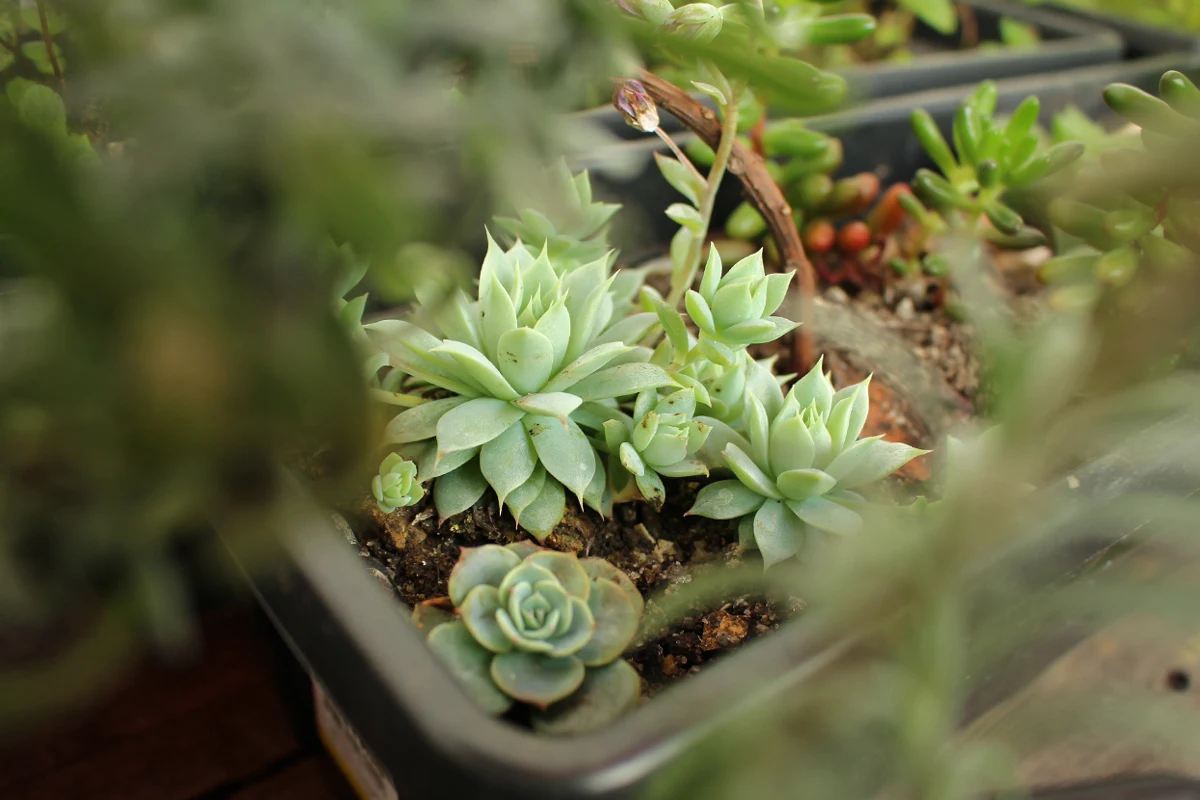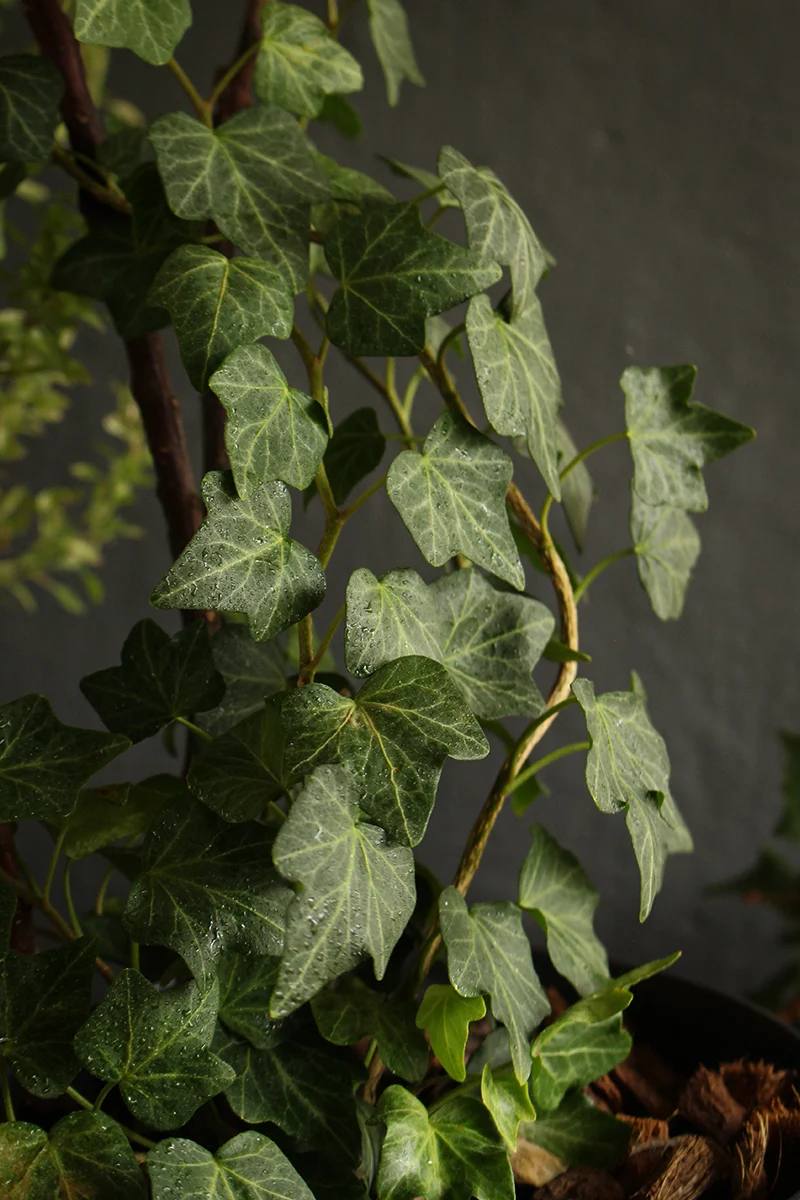Gardening is a little passion of mine! Since I was 8 years old, I loved planting, reporting, watering, and cutting my mom's home plants and taking care of my granny's village plantations. Unfortunately, adult life often leaves you little to nothing of free time for such hobbies, but I still manage to own a little container garden in my yard!
If one of your New Year's resolutions is to finally find a mindful hobby that will reduce stress and relax your mind, gardening might be the perfect option! A well-crafted garden can serve as a tranquil sanctuary, a vibrant playground for local fauna, and a testament to your creative abilities. In this little guide, we'll explore some of the best beginner tips that will help you transform your outdoor space into a picturesque haven. Plus, I'll also show you a few pictures of my very own container plants!
- Plan and Design the Garden of Your Dreams:
Before you start digging up your yard or buying gardening containers, it's crucial to have a well-thought-out plan in mind. Consider the size of your space, the type of plants you want to grow, and any specific features or themes you'd like to incorporate. Explore different garden styles (formal, cottage, modern, etc.) and decide which appeals most to you.
This planning stage will help guide your decisions as you create your garden. If you need more info on how to design your garden, we suggest you contact professionals in your area. Remember that your garden's layout must be comfortable for you and your future plants.
- Choose the Right Plants for the Climate and Biom
Choosing the right plants for your garden is essential in creating a beautiful outdoor space. Consider factors such as climate, soil conditions, and sunlight exposure when selecting your plants. You want to choose plants well-suited to your specific environment to ensure they thrive and add beauty to your garden.
Try to stray away from exotic, unusual plants, instead promote plants and flowers native to your particular region, and ecosystem.
- Add Garden Accessories
In addition to plants and flowers, consider adding some garden accessories to enhance the overall aesthetic of your outdoor space. This includes bird baths, garden statues, outdoor lighting, or decorative pots. Remember, it’s not just about decoration. Practical additions like trough planters can bring structure and style to your garden – just make sure to pick ones that suit your overall look. For example, steel gives a clean, modern feel, while corten beds bring a soft, rustic touch. Just be sure to leave your garden with only a few accessories, as this can take away from the natural beauty of your plants.
- Use Contrasting Blooms and Foliage
Using contrasting colors is one of the best ways to make your garden visually appealing. Consider planting flowers and plants with different hues next to each other, creating a striking color contrast that will catch the eye. You can also use contrasting textures and sizes to add interest and diversity to your garden.
One of my personal favorites – contrasting foliage! They come in different colors, shapes, and sizes, creating a luscious coverage. Also, leafy plants are perfect for beginner green thumbs, as they are easier to take care of.
- Pay Attention to Maintenance
A beautiful, healthy garden requires regular maintenance to stay healthy and vibrant. Ensure you have a plan for watering, fertilizing, and pruning your plants as needed. One way to optimize your garden maintenance is to invest in an irrigation system or, if you already have one looking a little worse for wear or not working as it should, opt to hire a sprinkler repair service to get your existing system back up and running correctly.
This way, you'll save yourself buckets of time and your plants will always have enough water, no matter the weather or where you are. Sticking to a comprehensive garden maintenance plan will help keep your garden looking its best all year round!
- Incorporate Different Layers
To create depth and dimension in your garden, consider incorporating different layers of plants and flowers. This can include tall trees or shrubs in the background, mid-sized plants in the middle ground, low-lying ground cover, or colorful flowers in the foreground. This layering technique adds visual interest and creates a more dynamic garden.
- Embrace Nature and Biodiversity
Lastly, don't forget to embrace nature in your garden design. Incorporate elements like rocks, logs, and other natural materials to add a touch of rustic charm and provide habitats for local wildlife. This will not only add to the beauty of your garden but also create a more sustainable ecosystem.
Let's wrap up...
Creating a beautiful garden is about the plants and design and creating a space you can enjoy. Consider adding comfortable seating, an outdoor dining area, or even a water feature to make your garden a place to relax and unwind. You can also add lighting to create an ambiance for evening enjoyment. In addition, think about incorporating sustainable gardening practices, such as using native plants and implementing water-saving techniques. This benefits the environment and makes maintenance easier in the long run.
By following these top tips and considering additional factors, you can create a beautiful garden that is both visually stunning and functional. Remember to plan, choose the right plants, incorporate contrast and layers, pay attention to maintenance, add accessories in moderation, embrace nature, and consider your enjoyment when creating your outdoor oasis.
Lots of love,
Liz









